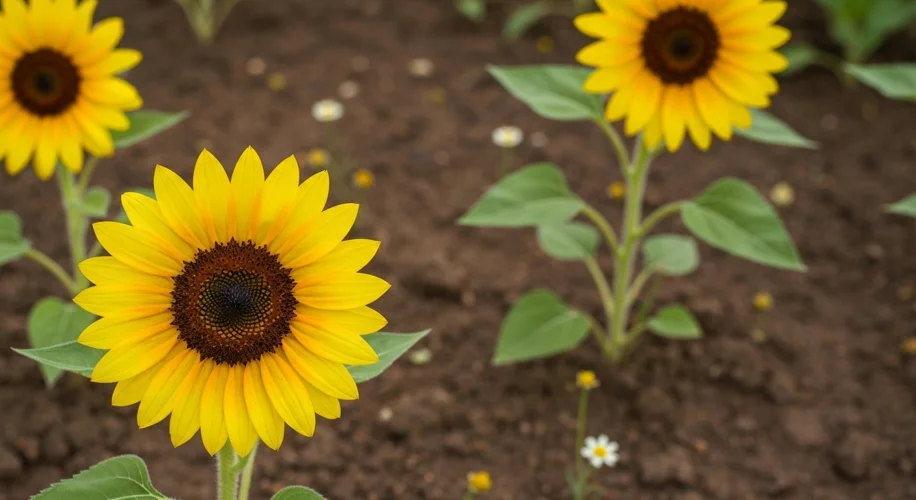There’s something truly exciting about buying new plants for the garden. You imagine the bounty, the fresh flavors, and the satisfaction of growing your own food. But what happens when that little plant tag goes missing, or worse, never existed in the first place? That was me, standing in my garden on August 27th, 2025, staring at a few healthy green starts I’d picked up at a local nursery in Washington State. They were unlabeled, and my memory, as it often does, had failed me.
It’s a common gardener’s dilemma, right? You grab a few promising seedlings, get them home, and suddenly, you’re playing detective. For me, this usually involves a bit of observation, a lot of online searching, and sometimes, a dash of educated guesswork.
So, what do you do when you’re faced with a garden mystery? Here’s my usual approach:
1. Observe the Leaves: This is your first and most important clue. What’s the shape of the leaves? Are they broad and flat, long and narrow, deeply lobed, or heart-shaped? Are they smooth, fuzzy, or toothed along the edges? Look at the color – is it a deep green, a lighter shade, or perhaps variegated?
2. Check the Stem: Sometimes the stem can offer hints. Is it round or square? Is it smooth or hairy? Does it have any distinctive markings or colors?
3. Consider the Growth Habit: Is the plant bushy and compact, or does it tend to vine or trail? Does it grow upright, or does it spread out along the ground?
4. Think About Your Purchase: What else was planted in that section of the nursery? Were there other starts nearby that might have been the same type? Did you specifically remember looking at tomatoes, peppers, or leafy greens?
5. Use Your Senses (Carefully!): Some plants have very distinctive smells, especially when you gently rub a leaf. Does it have a peppery scent, a minty aroma, or something else entirely? (Always be cautious here and avoid tasting anything you can’t positively identify).
6. Consult Your Resources: This is where the fun really begins. I often turn to online plant identification tools, gardening forums, and even apps that let you upload a photo for identification. Websites with extensive plant databases are invaluable. For my Washington State situation, I’d be looking for common vegetables grown in the Pacific Northwest.
My Experience:
In this particular instance, the mystery starts had slightly fuzzy, oval leaves with slightly toothed edges. They were growing quite vigorously and seemed to have a somewhat bushy habit. My best guess, based on the texture and shape, was that they might be some variety of basil or perhaps even a type of squash or melon seedling that had gotten mixed up. I decided to give them a bit more room to grow and continue observing.
It’s moments like these that remind me why gardening is such a journey of discovery. Even with experience, there are always new things to learn and identify. It keeps things interesting and, honestly, a little bit magical.
So, the next time you find yourself with a mystery plant, don’t get discouraged! Embrace your inner plant detective. It’s a great way to deepen your understanding of the plants you’re growing and connect with your garden on a whole new level. Happy gardening!

